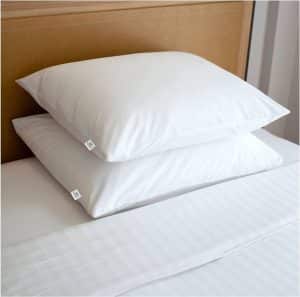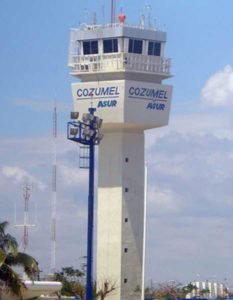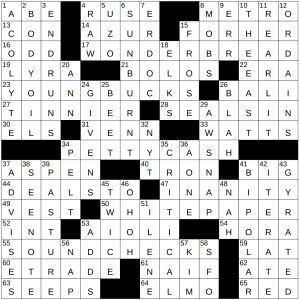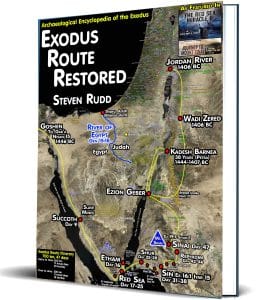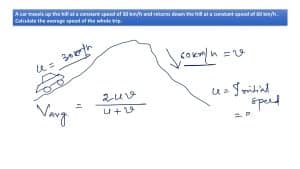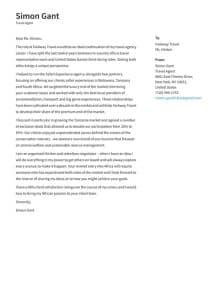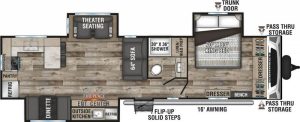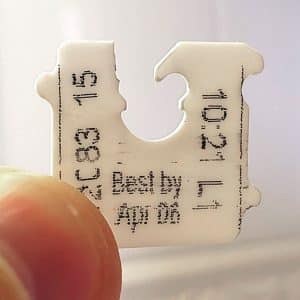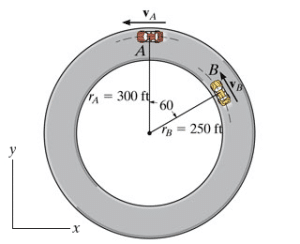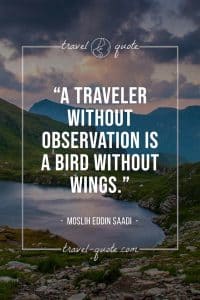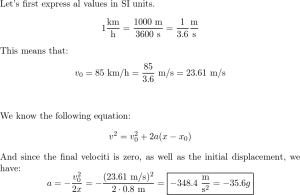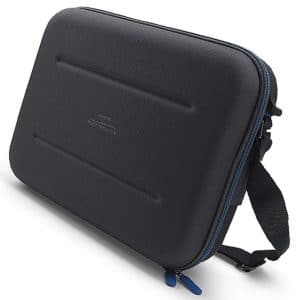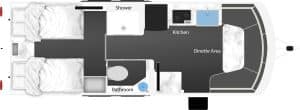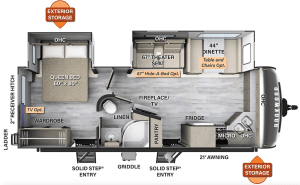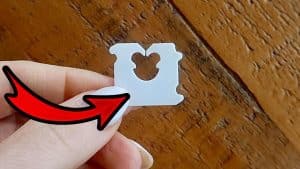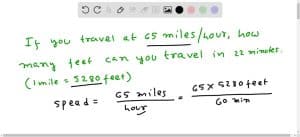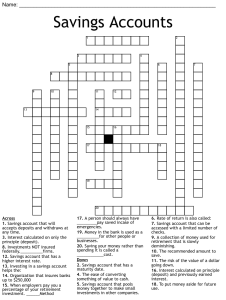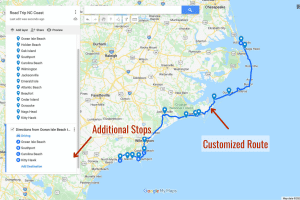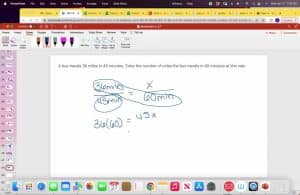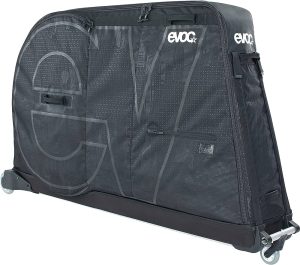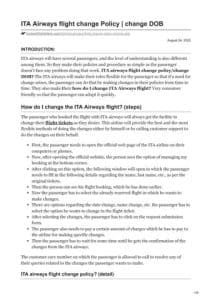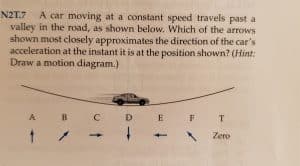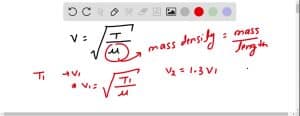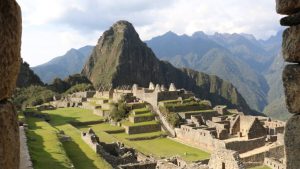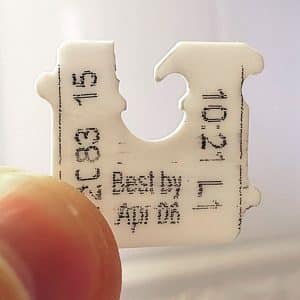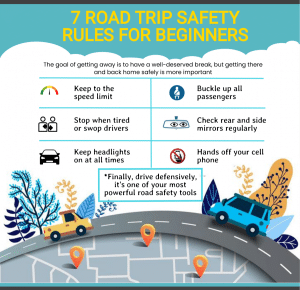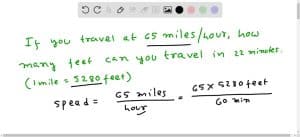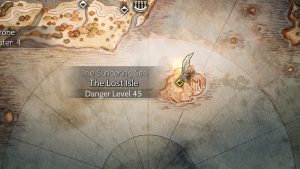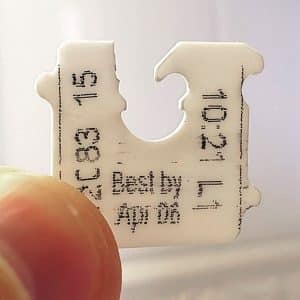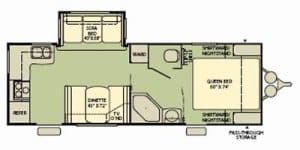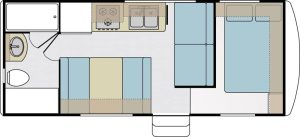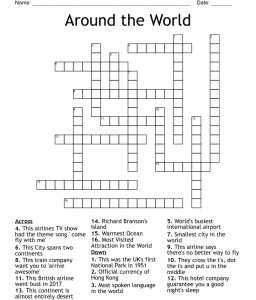Welcome to Hosteliest, your trusted guide on all things travel. In today’s blog post, we’ll discover the importance of understanding distance and displacement in the context of a player’s journey. Let’s delve into this fascinating topic.
Title: Find the Distance Traveled and the Displacement of Player A: A Comprehensive Guide
Are you intrigued about the concept of distance traveled and displacement in the field of travel and how it applies to your favorite player? If so, you’ve come to the right place. This article will provide a comprehensive guide on how to **find the distance traveled and the displacement of player A**. We’ll delve into explaining these concepts in the simplest terms for you to understand and apply.
Understanding Distance Traveled and Displacement in Travel
Before we can teach you how to find the distance traveled and the displacement of player A, it is crucial to understand what these terms mean. The distance is the total space that player A moves through during his/her journey. It’s measured in a straight line from the starting point to the ending point, ignoring any twists or turns in between.
The displacement, on the other hand, is the shortest distance from the starting point to the end point. Displacement considers only the initial and final locations of player A.
What’s fascinating is that the displacement could be zero if the player ends up back at the starting point, even after traveling a considerable distance!
Calculating Distance Traveled and Displacement
Now that we understand the terms, let’s learn how to calculate them. To find the distance traveled by player A, we need to add up all the individual distances covered throughout the journey.
As for displacement, all we need is the straight line from the starting point to the final location, regardless of the route taken. It’s quite simple when you get the hang of it.
Applying These Concepts to Player A
Imagine that player A is on a sightseeing tour and visits several landmarks. The distance he/she traveled would be the sum of all the routes taken to visit these landmarks. However, the displacement would be a straight line drawn from the hotel where player A is staying to the final landmark visited.
Solving User Queries on Distance Travel and Displacement
To further assist you, we will solve some user queries related to finding the distance traveled and the displacement of player A:
1. User query: If player A walks 5 miles to the east, then 2 miles to the west. What would be the distance traveled and displacement?
Answer: The total distance traveled is 7 miles (5 + 2). The displacement, however, is 3 miles to the east (5 – 2).
2. User query: If player A walks around a circular track with a diameter of 3 miles, what would be the distance traveled and displacement?
Answer: After walking around the circle, the distance traveled is the circumference of the circle (approximately 9.42 miles), while the displacement is zero as the start and end points are the same.
Understanding how to **find the distance traveled and the displacement of player A** allows you to better grasp the journey undergone during travel. It gives you a clear perspective about the path taken versus the destination achieved.
In conclusion, the ability to determine the distance and displacement of a journey can provide valuable insight into a traveler’s or player’s experience and preferences. It is a fundamental aspect of analyzing behavior in the field of travel and hospitality. No matter the course that one embarks on, it’s essential to remember, it’s not just about the destination; the journey also matters. Stay tuned to get more insights on travel analytics and keep exploring with Hosteliest! With us, every journey becomes a story worth telling.
Calculating the Distance Traveled and Displacement: Essential Know-how for Every Travel Savvy Individual
Calculating the Distance Traveled and Displacement: Essential know-how for every travel savvy individual is an indispensable tool in planning your hotel and travel arrangements.
When planning your trips, it’s critical to understand the difference between the total distance traveled and the displacement. The total distance is the actual length covered during the trip, while displacement is the shortest distance between the starting point and the final destination. This distinction is important because it can significantly affect your travel time, costs, and overall experience.
For instance, if you’re planning a hotel stay, you would ideally want a location that reduces your total travel distance to significant points of interest. This means that you should not only consider the distance between the hotel and the airport but also other relevant locations such as tourist attractions, conference centers, dining establishments, and shopping complexes.
With the advent of modern technologies, calculating travel distances and displacement has become easier than ever. Many online platforms and apps provide accurate measurements. For example, Google Maps offers precise information about the distance between two points and provides multiple routes with different displacements.
However, keep in mind that the shortest route may not always be the quickest or most convenient. Factors such as traffic conditions, road quality, and speed limits can make a shorter route longer in terms of time taken. Thus, the optimal selection often requires a balance between the total distance and the displacement.
Understanding these concepts can enable travelers to plan more efficiently, saving time and resources that could be better utilized to enhance the overall travel experience. Whether you’re traveling for work, pleasure, or a mix of both, being able to calculate your distance traveled and displacement will ensure that you are making the most out of your journey and hotel stay.
Calculating the Distance Traveled in Hotel Explorations
In order to calculate the total distance traveled by a guest, it’s important to keep records of all movements within the hotel premises. This includes areas like hotel lounges, dining areas, activity zones, and outdoor spaces. Every step counts towards the total distance. Many hotels now use advanced technologies such as tracking wristbands or Smartphone apps to help record this data. It’s worth noting that ‘distance travelled’ may vary greatly depending on the activities chosen by the guest, such as whether they use the gym, spa, or simply relax in their room.
Measuring the Displacement from Starting Point
Displacement refers to the direct distance between initial and final points. In terms of hotel guests, the displacement could be calculated from the entrance of the hotel to their final destination within the hotel grounds. This could be the reception desk, their room, or any on-site facility. A common way to measure displacement would be via digital floor plans or mapping software. However, unlike ‘distance travelled’, displacement does not account for the different diversions or detours a guest may make along the way.
Importance of Distance and Displacement Data in Hospitality
For hotel and travel businesses, understanding the distance travelled and displacement of guests can provide key insights into guest behaviour and preferences. These metrics can help in tailoring services, arranging space, and enhancing overall guest experience. For instance, a high displacement value could indicate that guests are having difficulty finding their way, suggesting a need for better signage or layout optimization. On the other hand, understanding where and how far guests travel within the venue can indicate which areas and amenities are most popular. From a marketing perspective, this information is valuable to strategize service enhancement and upsell opportunities.
Frequently Asked Questions (FAQ)
“How can a traveler calculate the distance they have traveled during their stay at a hotel?”
A traveler can calculate the distance they have traveled during their stay at a hotel through several means. Here are some steps to follow:
1. Using digital tools: There are numerous online resources and applications, such as Google Maps or distance calculators, which allow you to accurately measure the distance between two points. To gauge the total distance of the trip, simply add up the distances from each leg of travel.
2. Recording your itinerary: Documenting each phase of your journey is another practical way. This involves noting down the distance covered each time you move from one location to another. For example, if you took a flight from New York to London, record the flight’s mileage. Then, if you drove from your London hotel to a restaurant, measure that drive using the car’s odometer or a navigation app and record it.
3. Confirm with transportation services: If you’ve used public or private transportation like buses, taxis, or even flights during your stay, they usually provide information about the distance covered. If it’s not found on your ticket or receipt, you could ask them directly.
4. Use a pedometer: If you do a lot of walking or cycling during your stay, using a pedometer or fitness tracking device can help keep track of the distance you’ve traveled daily.
Remember, all these methods require consistency in recording and adding up the distances. In the end, you will be able to calculate the total distance you’ve traveled during your stay at the hotel.
“What tools or apps are available to help a traveler track their displacement from their initial hotel location during their journeys?”
There are numerous tools and apps available to help travelers track their displacement from their initial hotel location during their journeys. Google Maps, for example, is a widely used tool that allows users to track their current location relative to their hotel or any other place of interest.
Another useful app is Maps.me. This app provides offline maps and navigation assistance, which can be particularly helpful in areas with limited internet connectivity.
TripIt is another useful app for travelers. It can organize all trip details into one itinerary, including hotel bookings, flights, car rentals, and more. What’s more, it also has a Pro version that offers features such as real-time flight alerts, refund notifications, and the ability to track rewards and points in one place.
Rome2rio is excellent for planning and seeing all the travel options from one place to another. It displays routes and schedules for flights, buses, trains, and ferry rides.
Finally, Sygic Travel Maps Offline & Trip Planner is another excellent app that offers travel guides for thousands of destinations worldwide. You can plan your travel itinerary in this app, which also provides walking directions and a guide for finding tourist attractions.
Remember, no matter what tools you use, the key to a successful trip is good planning and staying oriented to your surroundings.
“How can understanding the concept of distance traveled and displacement be useful for a traveler when planning their itinerary?”
Understanding the concepts of distance traveled and displacement can significantly streamline your travel planning process and make it more efficient.
Distance traveled refers to the total length you measure or track during your journey, including all the zigzags, detours, and meanders taken. It’s your actual travel path. So, if you are planning a road trip, considering distance will give you an idea of how long your journey will take, the cost of fuel or transport, and help you plan stops at hotels, restaurants, attractions along the way.
On the other hand, displacement, in a self-propelled traveling context, is the shortest distance from your starting point to your final destination, essentially a straight line between those two points. Understanding displacement helps you to identify the most direct route to your destination. This is particularly useful when booking flights or any direct transportation, allowing you to save time and money by selecting the most efficient route.
Both concepts are crucial for effective travel planning. While distance traveled can give you a broader, more exhaustive overview of your journey, bearing displacement in mind will ensure that you’re taking the most time and cost-effective route. Your plans for stopovers at hotels and sightseeing spots would be influenced by both these measurements. Similarly, understanding these can help you pack appropriately considering the journey’s length and explore options like stopovers or direct routes while making airline or hotel reservations.
Overall, a thorough understanding of both the distance traveled and displacement can lead to a more relaxed, enjoyable, and well-planned travel experience.
In conclusion, measuring both distance traveled and displacement is crucial, especially in the context of travel. Not only it allows us to manage time effectively, but it also builds a more strategic itinerary towards the most lavish hotels.
Ultimately, understanding these concepts can enhance the quality of your journey, ensuring that you don’t miss any essential parts of your dream destination. Don’t forget that the joy of travel doesn’t always lie on the shortest path, but instead, it’s often found in the detours and diversions that lead you to spontaneous adventures and extraordinary hotels.
So, reconsider your travel strategy next time, consider not only the destination but also the journey itself. Happy traveling!
Error: El post actual no se encuentra en el array de posts.

